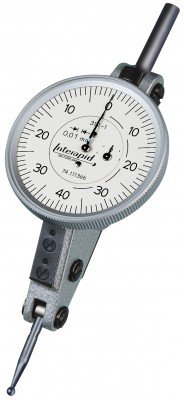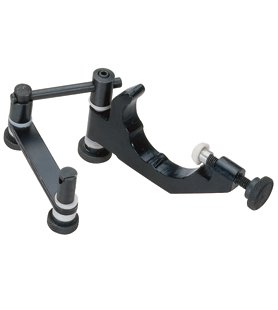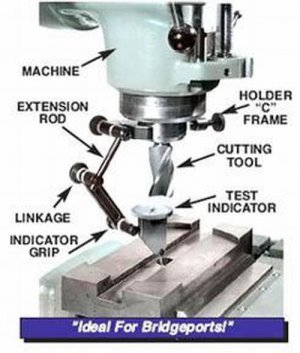- Joined
- Feb 8, 2014
- Messages
- 11,144
What I would do is build a plug that fits the center of your RT, and also fits the bore in your part. The RT does not have to be exactly centered under the spindle because the part center will be the RT center. Now you can cut the OD concentric to the ID.
Once you have done the OD, then you can easily find the center with your edge finder to lay out the hole pattern.\
.
.
Once you have done the OD, then you can easily find the center with your edge finder to lay out the hole pattern.\
.
.




